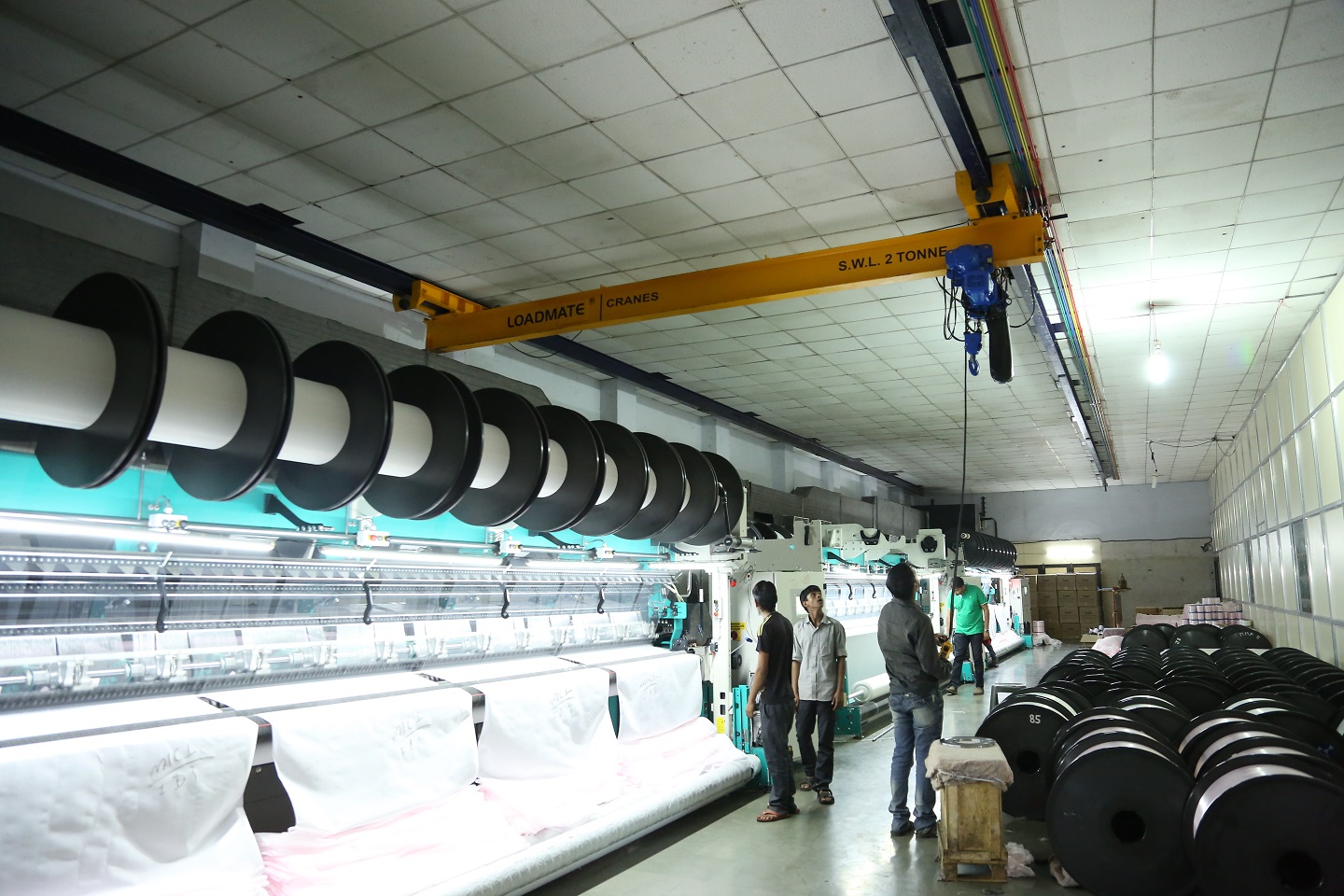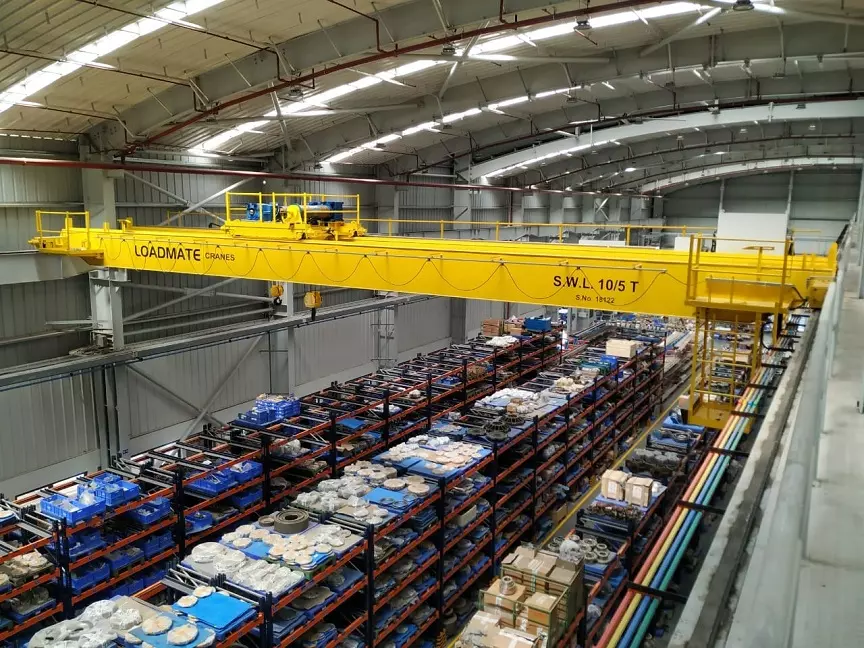Overhead bridge cranes available with a range of configurations are now highly useful in industrial sectors. Some of us choose Double Girder Cranes, while others prefer Single Girder Cranes. We may also categorize overhead cranes in other ways- under-hung cranes and top running cranes.
The end trucks of the crane will
- Pass on the top of the system in top running cranes
- Travel through the bottom part of the crane’s runway in under-hung cranes
These factors have led to the variations of under-hung (under-slung) and top running cranes. Now, we will tell you how a top-running system differs from that of the under-hung cranes.
1.Applications of two types of cranes.
Ceiling-mounted under-running bridge cranes are best for manufacturing processes where you need to lift and transport lightweight materials. In the under-hung condition, they ensure easy interconnection with the interlocking mechanism.
Conversely, top-running systems are highly valuable for scenarios where you need easy lifting to transfer heavy loads. While your load weight is more than 20 tons, you may choose these top-running systems.
2.Track switches for under-running cranes
Track switches refer to special devices that include a movable track section used in a range of locations to help with the carrier passage. Moreover, only monorail systems and under-hung bridge cranes have these track switches. These switches help in transferring the loaded trolley and hoist to reach the desired beam. With the use of these switches, overhead cranes can move the load from the bridge to bridge. What’s more, these under-hung cranes include a number of components in the design, as they include multiple tracks, slopes, curves, interlocks, and turntables.
3.Brackets for top-running cranes-
Top-running cranes need to use a bracket fitted to the adjacent steel column. When your load weight is less than 20 tons, you can prefer a lighter under-running or top running crane.
You may use the top-running model while there is a need for high headroom. As it travels above the overhead runway, this system provides you with more headroom. Some top-running cranes have double-girder systems offering you even more overhead space.
4.Pros of under-hung cranes
- One of the best features is that under-hung cranes are easily operable in wide bays, and thus, it reduces equipment costs and simplifies design requirements.
- You can install more than one under-hung crane runway, close to each other, and working together.
- The use of switches and interlock systems with these under-hung cranes can lower the cost of material handling equipment.
5.Pros of top-running cranes
- There is no limiting capacity with these top-running overhead cranes. You can use these systems to deal with both small and large-capacity loads (ranging between 1 ton and 250 ton.).
- These cranes offer some additional lifting height for industrial facilities that have very limited headroom.
- The size of these cranes is bigger in comparison to under-hung cranes. With their higher capacities, they are capable of managing wider spans. Moreover, top-running cranes are easily installable systems with minimal maintenance needs.
6.Configurations of top-running cranes
The top-running crane setup enables you to achieve long bridge spans very easily. Moreover, since the hook height is higher, you will get much headroom for lifts.
As there is a need for additional structures for sustenance, the overall configuration fits best to manage large lifts. Another notable thing is that the top-running crane includes a track system placed on the top section of every runway beam. That is why the end trucks can move the hoist and bridge along your system. Furthermore, you can configure these cranes with both double girder and single girder designs. For the single girder solution, you need a hoist and an under-hung trolley with a hoist. Conversely, the double girder-version uses the hoist with the top-running trolley.
7.Configurations of under-hang cranes
These under-hang cranes remain fitted to the structure, and thus, they do not need a column while your building sustains them. Due to this configuration, the service area coverage is higher with this under-hang crane. Below this overhead crane, you can find the workspace with no obstacle caused by columns. That is why it is the best choice, while your floor space is very limited.
Another notable thing about this crane model is the hook height. You can notice a reduced distance between the floor and the hook for these configurations. Overall, we can say that you have to decide on the crane style based on your building and the load lifting needs.
The under-hung crane also uses wheels properly backed up by the runway beam’s bottom flange. These wheels help in moving your bridge through the runway.
In most cases, there is a single girder used with these under-hung cranes, as users engage them with light and low-capacity applications. However, for your needs, you may use them with double girders to increase the capacity and have a better hook height.
Finally, we like to mention another overhead crane design, which combines both under-hung and top-running models. We refer to it as the single-leg gantry crane intended for higher and more complicated material handling needs.

While your industrial plants do not fit double leg gantry cranes for limited spaces, you can choose these models. Now, you can easily choose the best overhead cranes for your purposes.
You can reach out to us for any of your requirements of Material handling equipment like Manual Chain Pulley Blocks, Electric Hoist, Winches, Slings, Spreader beams & Cranes.




